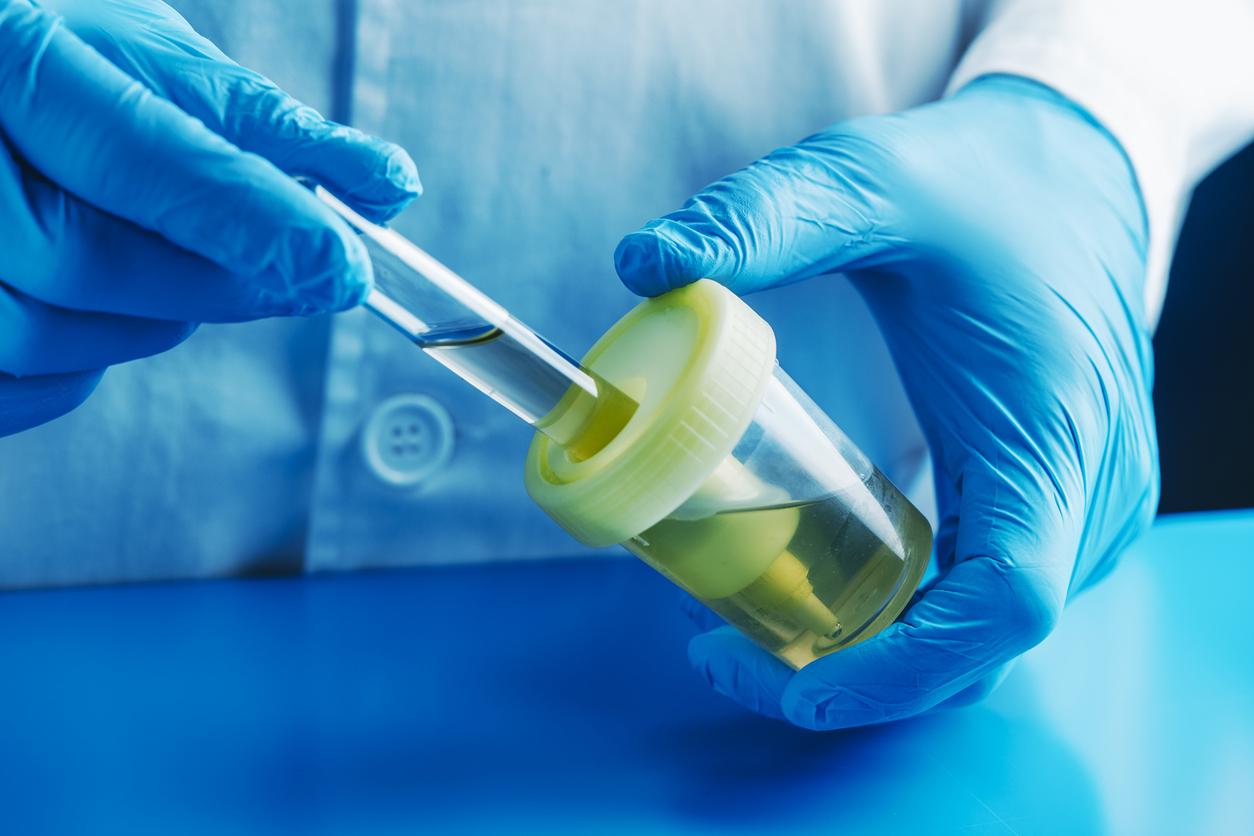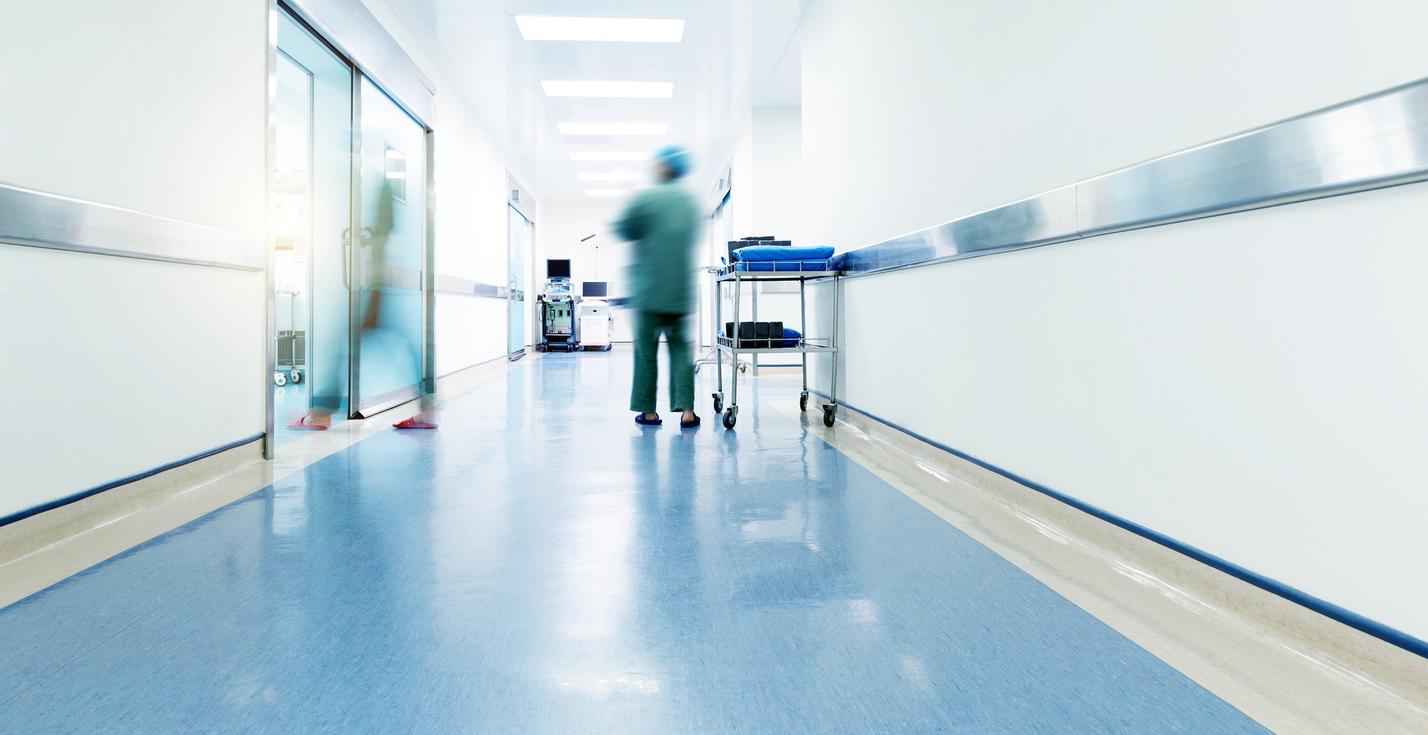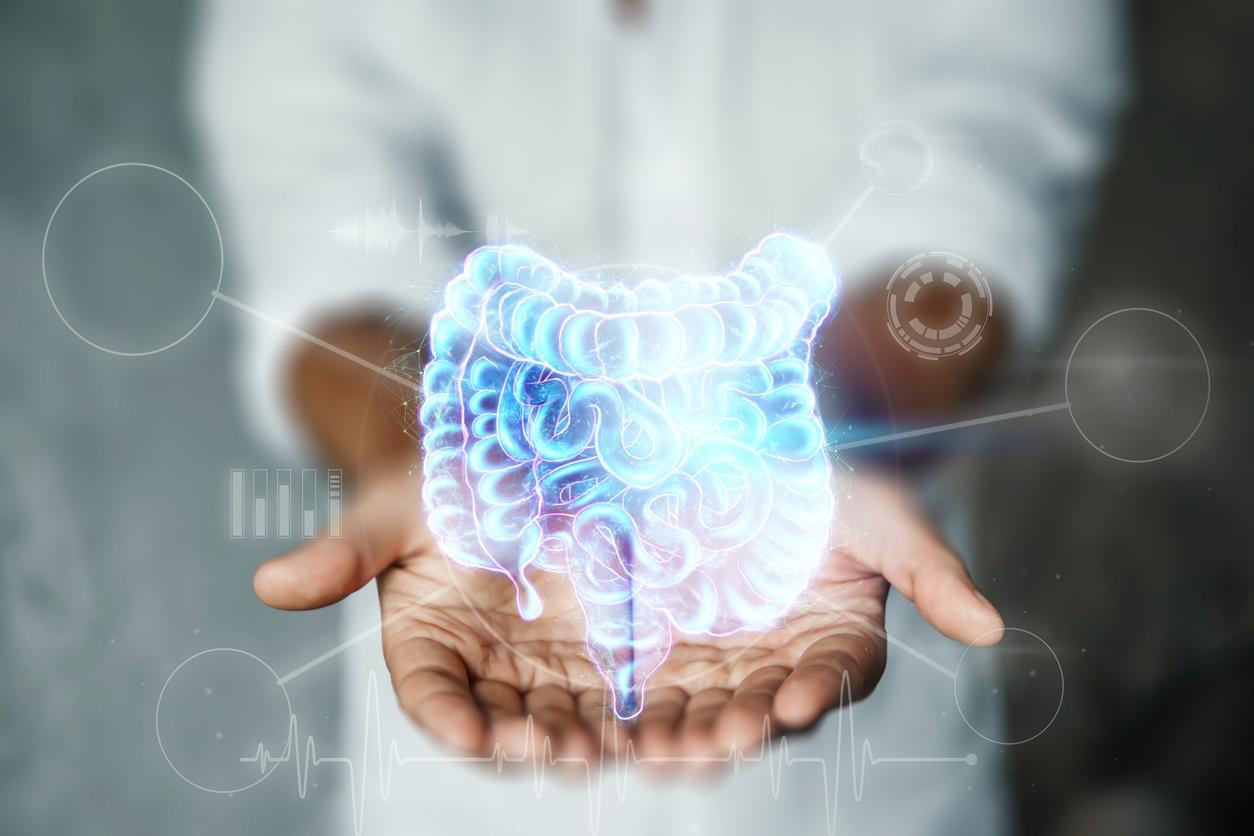Researchers have developed a test, in gel form, capable of detecting bacteria in different liquids, such as water or urine. A simple change in color confirms the presence of these pathogens.

- Researchers have created a new gel-based test to detect bacteria.
- It uses bacteriophages to highlight the presence of pathogens in different liquids.
- This test, which can be carried out by anyone, provides results within a few hours.
Bacteria are responsible for infections, illnesses and sometimes death. To limit these risks, it is essential to be able to detect them, but some tests are technical and tedious, and can only be carried out by qualified professionals. To facilitate the detection of these microorganisms, researchers from McMaster University in Canada have created a new, easy-to-use test. Made up of a gel, it makes it possible to identify bacteria in different liquids including urine. They present it in the magazine Advanced Materials.
Bacteriophages capable of detecting bacteria in liquids
This new tool was created using bacteriophages. “Bacteriophages are the most common form of life on Earththey specify in a press release. Each type of bacteriophage is specialized to destroy one form of bacteria.” In their test, they use harmless bacteriophages, capable of locating bacteria. “Phages – as they are colloquially called – find and attack target bacteria in a sample, causing the bacteria to release microscopic amounts of intracellular material that the test can read, triggering a color change that is easily visible on the screen. naked eye”indicate Canadian scientists. When there are no bacteria in the sample, the color does not change. The team confirmed the effectiveness of their new test on urine samples: the results of this experimental tool were identical to those of traditional laboratory tests. “The test also worked accurately to detect E. Coli in lake water samples.”they specify.
Bacteria: test results available within hours
Furthermore, it only takes a few hours to obtain the test result, compared to several days for some laboratory culture tests. “Today, people who suspect a UTI must see a doctor and sometimes wait days for a resultrecalls the lead author of this study, Tohid Didar, associate professor of mechanical and biomedical engineering. This technology would allow people to test themselves at home and get a result within hours.”
Apart from urine tests, it could be used in food liquids or in water, for people who do not have access to city water. “Testing for contamination in complex liquids like milk, blood or urine is particularly difficult, which makes simple and reliable alternatives like the new test very useful.”affirm these specialists. They now hope to obtain the necessary authorizations to market it.
















